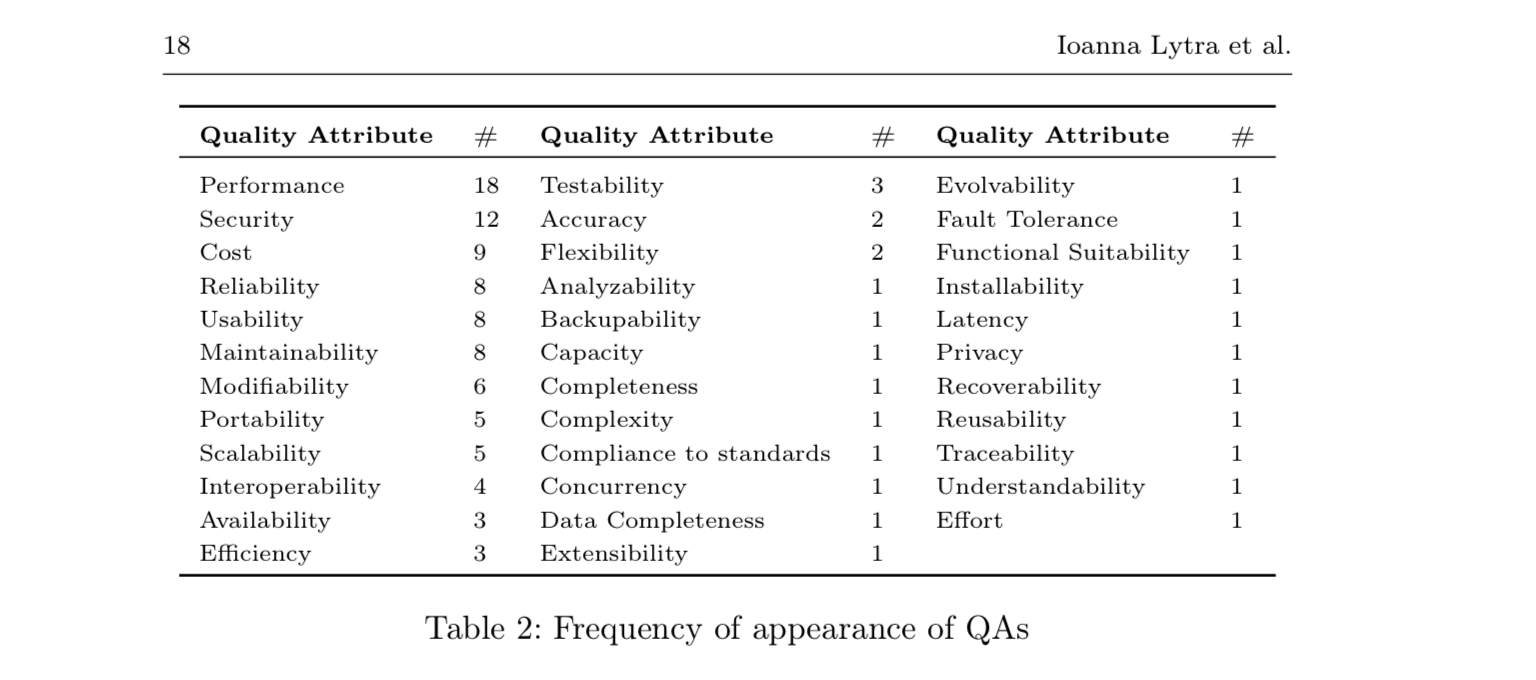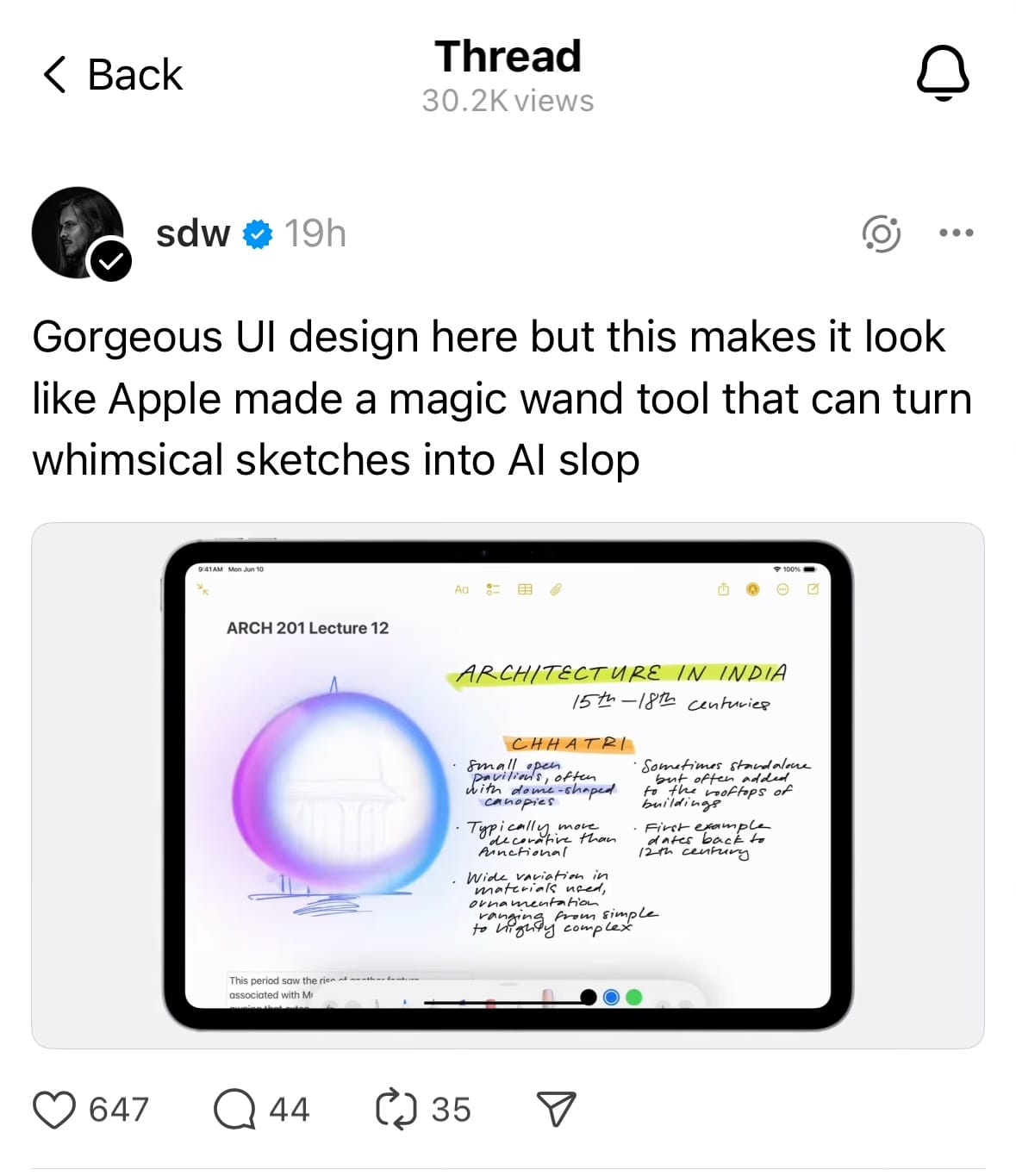On Quality, Creative Work, & Limiting Effects of Generative AI

I've been thinking about quality recently, spurred by finally reading the classic "Zen and the Art of Motorcycle Maintenance" last year. Without oversimplifying the protagonist's journey, he concludes that quality is essentially unknowable yet marked by the care and attention given to something. Caring emerges as a prerequisite for true quality.
This isn't a new idea - thousands have grappled with articulating quality, from manufacturing standards and software architecture to building design and musical composition. Ultimately though, there seems to be no universal definition. Quality is subjective, often described through the adage, “You know it when you see it."
The Influence of Technology
My curiosity lies not in defining quality, but in understanding the processes that get to it. And, in particular, the role of technology and AI-based tools in those processes. Even in writing this article, the Grammarly extension on my laptop is underlining words and phrases in red and yellow, reminding me of my written imperfections or ways to improve the quality of my writing.
In theory, technological progress should increase quality. However, I'm unsure if this universally applies to creative work. While assistive tools like spell-checkers can enhance writing quality, AI generators like ChatGPT impose a quality ceiling. These tools rarely diminish quality outright, but inherently limit the potential for high-quality outputs. They may make 50% of people look more talented than they are. But, they’ll also constrain 50% of people from achieving something much better.
Objective Standards vs. Subjective Mastery
For non-creative work, quality is almost always synonymous with standards. This is great for systems and processes to ensure consistency and predictability. A literature review of quality attributes found the items in the table below to be most frequently used when judging quality systems and processes.

However, for artistic pursuits, quality cannot be distilled into a universal set of standards. A painting's quality likely meets specific criteria, but subjective interpretation is still there. One individual may buy a piece of art they consider high-quality while another dismisses it as something a child would make. Beauty, and beyond a certain point quality itself, is in the eye of the beholder.
The Limitations of AI in Creative Expression
As we produce more content than ever, generative AI now augments or fully automates creative processes. However, these AI models are trained on existing data, resulting in outputs that are essentially permutations of what already exists – an inherent form of averaging.
AI can undoubtedly enhance and elevate creative work, offering assistive benefits like recommendations based on our inputs. Yet, the technology tends to fall short of our collective quality standards. The dominant narrative I’m hearing from people is that AI-generated articles, images, or stories are mostly mediocre or low-quality because of their lack of human authenticity. An architect may use Midjourney for spec art, but they won't put it into production.
The "Magic Wand"
At Apple's recent AI event, they demoed a "magic wand" tool in Notes, which generates AI-based images from user sketches or blank spaces. A designer I follow on Threads commented:

It seems he prefers the original human sketch over the AI's rendition. I think it’s because the quality of the image wasn’t ultimately improved though its style and fidelity were enhanced. It took a human-produced creative object and devalued it, despite the computational costs and effort to make the graphic better.
The Irreplaceable Human Element
While AI tools may aid many creative projects, the AI's involvement will likely be evident. Generative AI tends to implicitly mark its outputs, striving yet lacking nuance and discretion, sometimes appearing overly perfect. Writing that defies structural conventions can still be excellent, and illustrations need not be perfectly symmetrical or color-balanced to be perceived as high quality. For this reason, I don’t believe we want to live in a world where almost every creative output is processed through an AI model.
Creative work made solely by humans holds the highest potential for the unmeasurable kinds of quality. Work combining humans and AI inevitably defaults to a standardized, lowest-common-denominator version of creativity. The output may surpass what someone could achieve alone (an acceptable trade-off) but also falls short of the quality possible through unaided human effort.
If quality stems from care and attention, as the zen master found, then truly high-quality work will result from focused human attention, control, and judgment. This is heartening news. As long as we value quality, people maintain a strategic advantage over machines.
The Role of AI as an Analytical Partner
AI tools prove invaluable as analytical partners, expediting tasks, curating and translating information, identifying patterns and trends, and predicting likely outcomes from historical data. They may even prescribe recommendations, supporting humans in complex decision-making.
However, AI tools are inherently limited as creative partners, precisely due to quality's subjective nature. If quality were a rational, objective attribute, AI could potentially outperform – and even negate – humans. Fortunately, this is not the case.
While generative AI tools can augment and assist creative work, solely human-driven creative efforts have the potential to yield higher-quality outputs. I’m not naive. I understand that millions of people will use these tools out of necessity or convenience. But, don't let AI eliminate the magic of immersing yourself in the creative process. Preserving dedicated space for purely human creative expression is critical. It is in these moments that we can produce true originality, challenge norms, and compel others to reevaluate their perceptions of quality.
